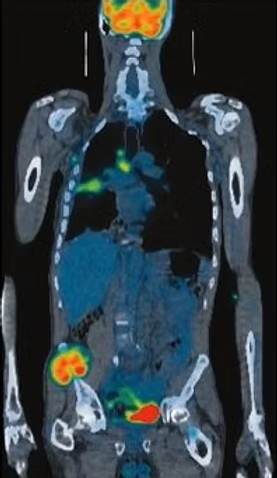Introduction
This website is dedicated to what has become known as 'software as a medical device' (SaMD), which now has a well understood meaning in both EU and U.S. medical device regulations. It is defined as software that is intended to be used for one or more medical purposes without being part of a hardware medical device. In other words, standalone software. Note that the EU Medical Device Coordination Group (MDCG) often uses the simpler term medical device software (MDSW).
Regulatory control of medical device software development is very much a 'hot topic' at the moment as regulators continue to grapple with the issues of overseeing and controlling a complex and error prone development process. As we shall see, the recent explosion in interest in AI-enabled medical devices (AI as a medical device, AIaMD) has causing further headaches for regulators. This site summarises the existing regulations and indicates what the various regulators are doing to keep up with a very fast moving field.
The material contained here should be of general interest to all medical device manufacturers (including start-ups), but there is an emphasis on the in-house development of medical software by hospital staff (medics, clinical scientists, etc).
On this website, I can only touch on certain aspects of the various medical device (and AI) regulations that are relevant to medical device manufacturers. To learn more about the hundreds of detailed requirements, you might have a buy a book that provides more comprehensive coverage.
You can also ask specific questions via the Feedback form.


